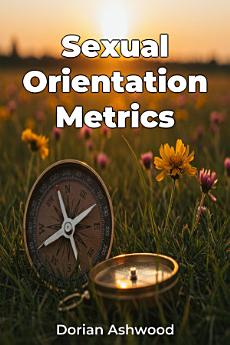Sexual Orientation Metrics
આ ઇ-પુસ્તક વિશે
It critiques commonly used metrics, like self-identification questions, and discusses the impact of question wording and ethical considerations. A unique aspect is its comparative analysis of metrics used in different countries, highlighting cultural nuances. Ultimately, the book proposes a framework for more inclusive and adaptable measurement strategies, analyzing case studies in public health and policy.
The book's approach is academic yet accessible, blending data analysis with clear explanations. It progresses by introducing core concepts, critiquing existing metrics, and proposing improvements, making it valuable for researchers, policymakers, and LGBTQ+ advocates seeking a nuanced understanding of sexual orientation measurement and its real-world implications.








